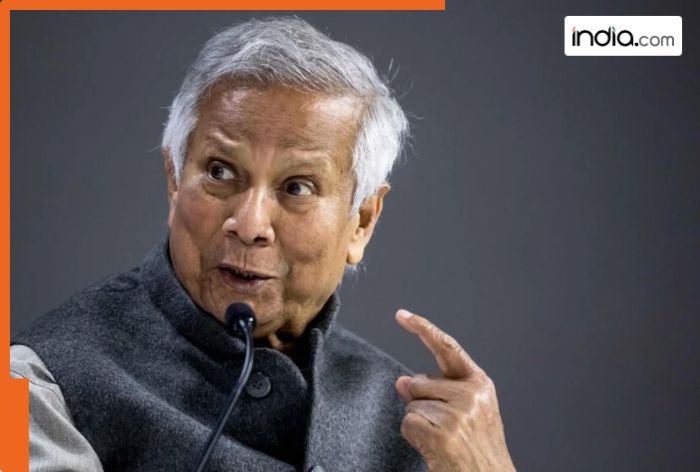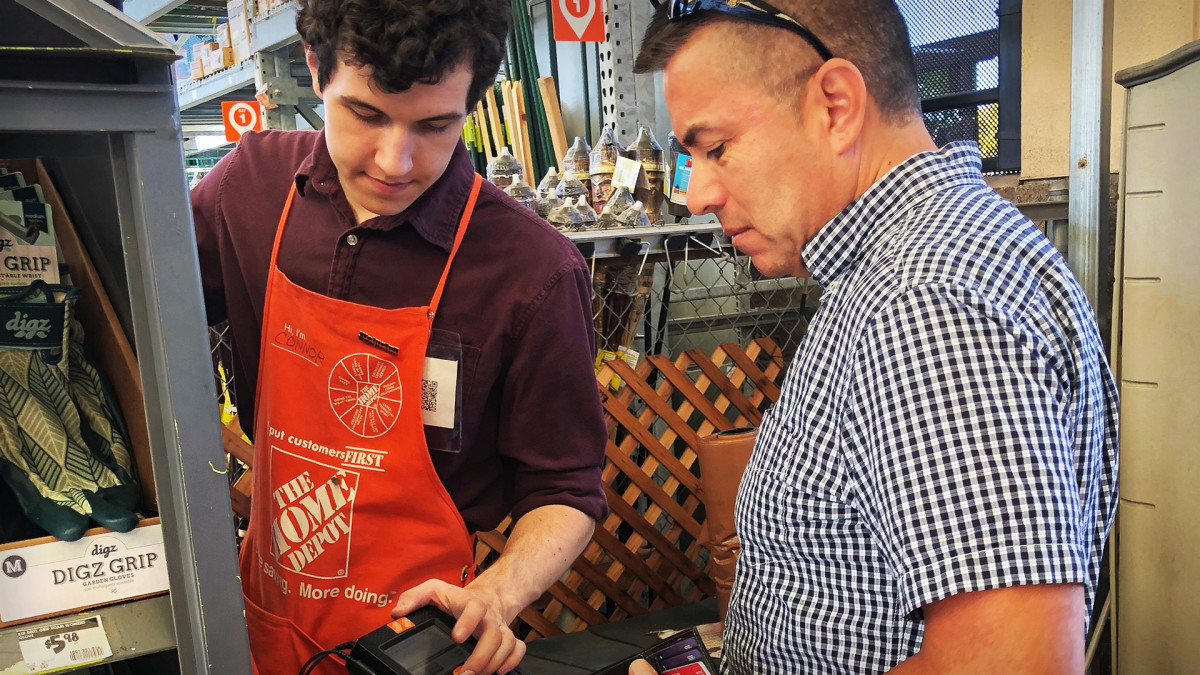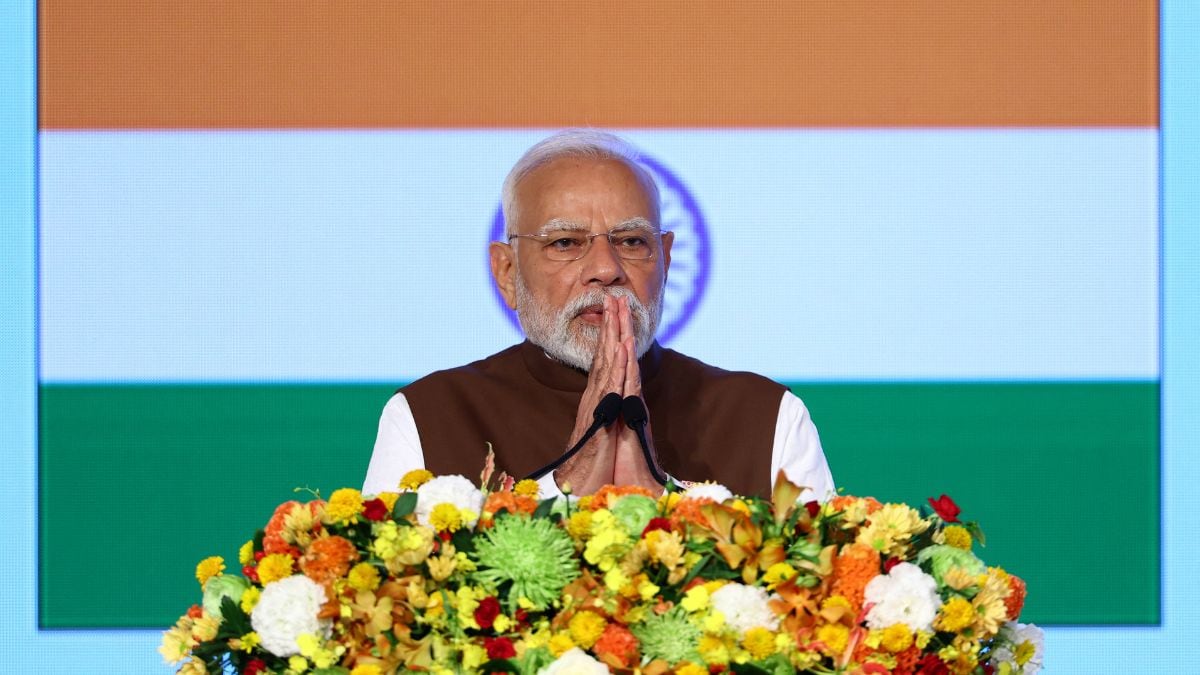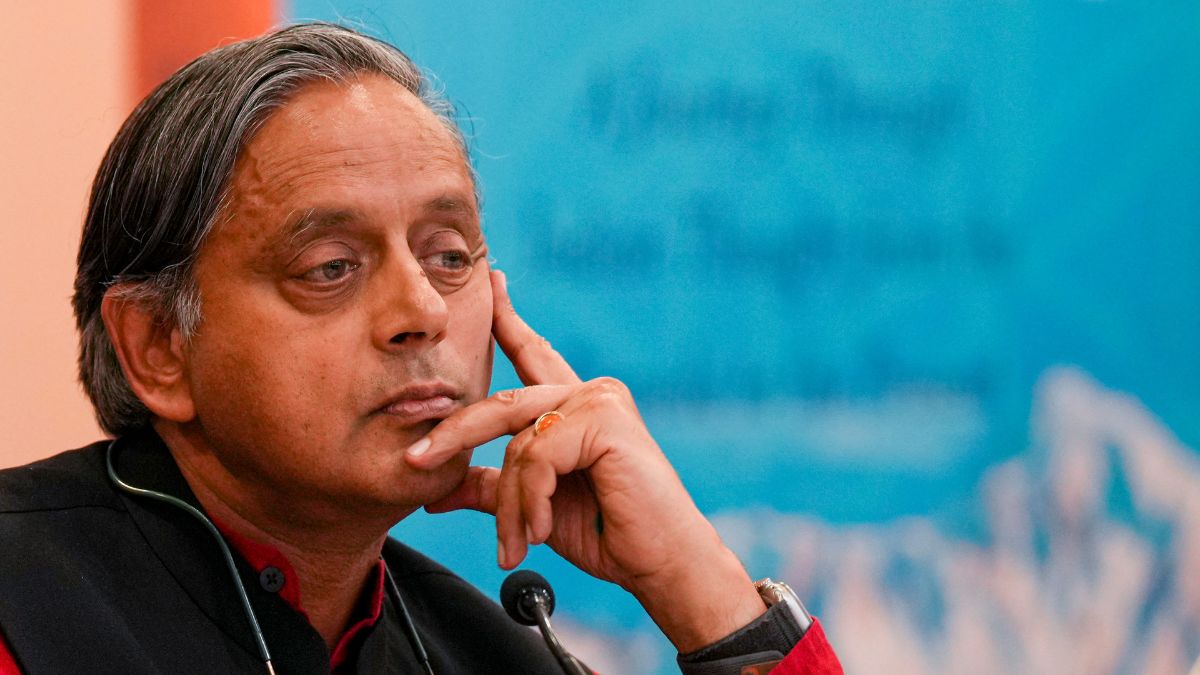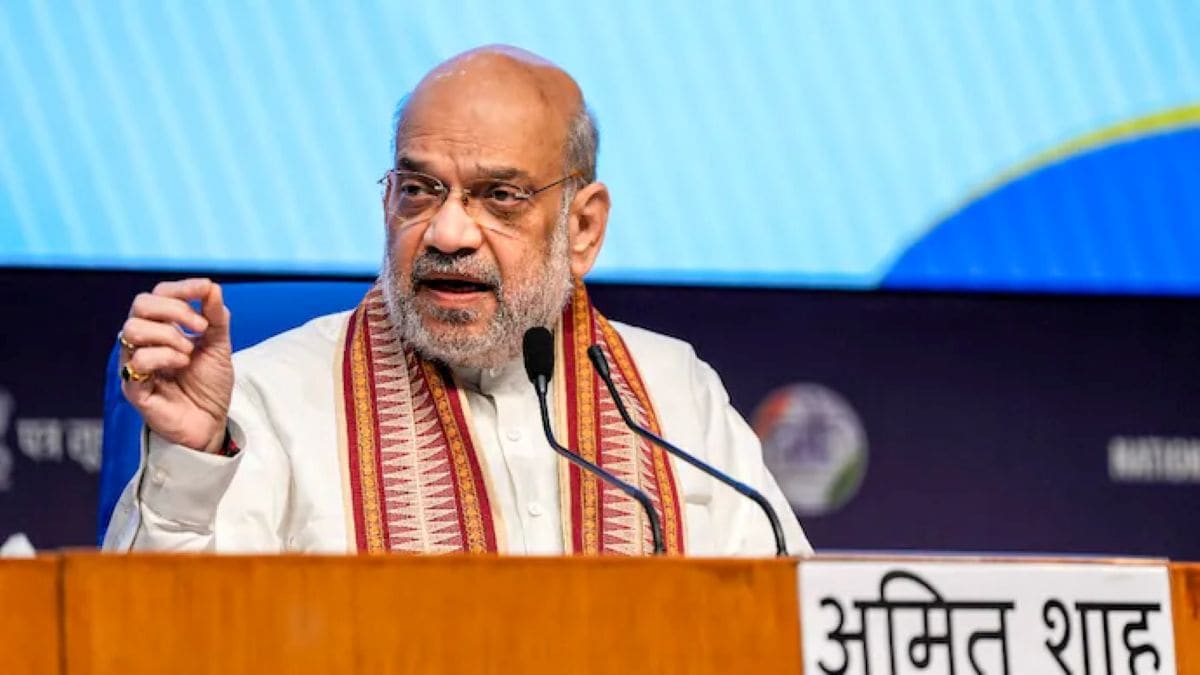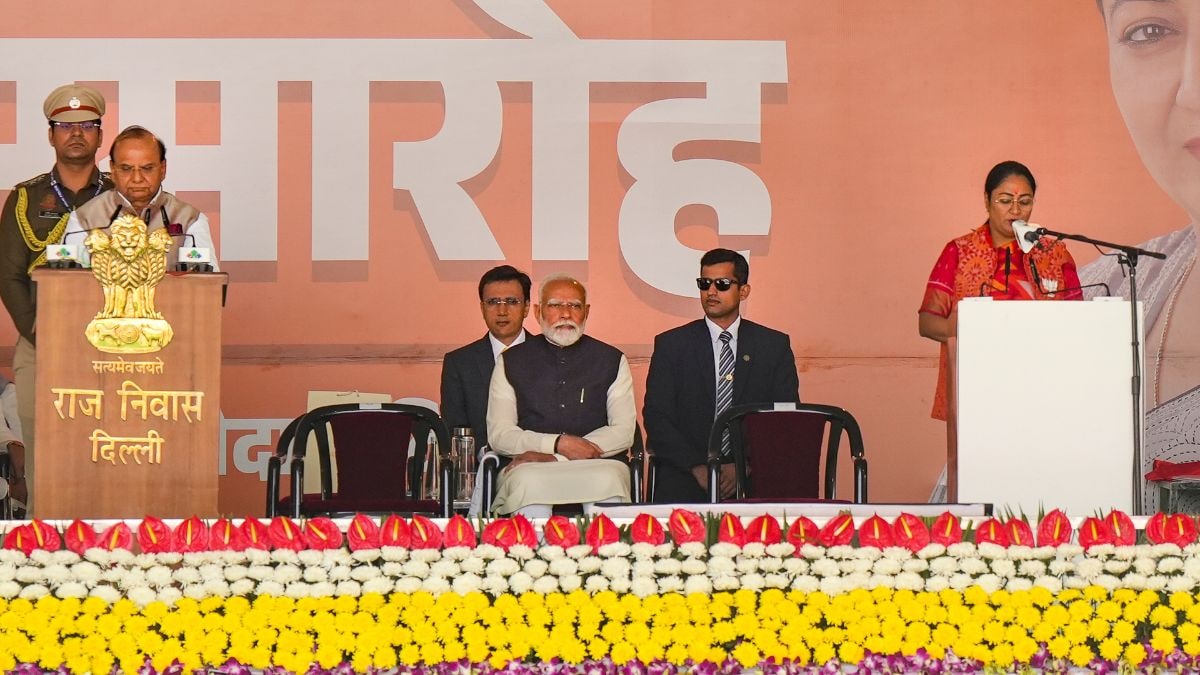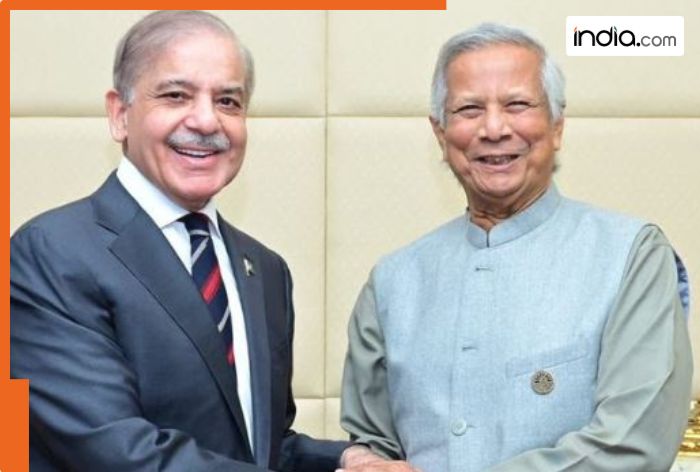An ancient bone recasts how Indigenous Australians treated megafauna
A new look at cuts on a giant kangaroo bone reveal First Peoples as fossil collectors, not hunters who helped drive species extinct, some scientists argue.

A narrative that First Peoples helped drive species extinct is wrong, some scientists argue
Some of the extinct megafauna that lived around Mammoth Cave around 50,000 years ago included the giant long-beaked echidna, the giant kangaroo, the giant diprotodontid and the Tasmanian thylacine (illustrated from left to right).
Peter Schouten

Australia’s First Peoples were more early paleontologists than extinction-driving butchers, a group of scientists argue.
For decades, the debate over whether the first humans to inhabit present-day Australia contributed to the extinction of the country’s ancient megafauna has raged and smoldered. Humans arrived at the landmass known as Sahul around 65,000 years ago, during the Pleistocene Epoch, when it was home to giant animals including huge marsupials, giant flightless birds and monitor lizards up to five meters long.
A fresh analysis of a fossil central to the debate overturns a “smoking gun” supporting the idea the First Peoples hunted these animals, the authors claim October 22 in Royal Society Open Science. Rather, the team’s findings add to evidence that suggests the First Peoples collected and traded fossils.
“We have millions of fossils of megafauna animals in museums all around Australia and not one of them provides evidence that any one of them was killed by a human,” says Michael Archer, a paleontologist at the University of New South Wales in Sydney. “That’s not to say that it didn’t happen. All we’re saying is there’s certainly no evidence for mass slaughter.”
The main fossil in question is the tibia of a now-extinct giant short-faced kangaroo, first collected from Mammoth Cave in Western Australia in the early 20th century. Archer encountered it as a graduate student in the 1960s, discovering a strange V-shaped notch on the bone hidden under a layer of calcium carbonate. Archer and his colleagues published a paper in 1980 interpreting the cut as hard evidence of butchery.

But as other claims of ancient butchery arose — some “easily explained by animal bites,” he argues — and he learned more about Indigenous land management strategies, the paper’s original conclusion haunted him.
“It’s been gnawing away at me for years,” he says.
In the new study, Archer and his colleagues ran 3-D imaging and microscopic analysis to reinvestigate the notch. This revealed nine deep cracks running through the bone, which formed as it fossilized and shrank. Another lateral crack made by the impact of the notch intersects the others and stops. This suggests it — and the notch — occurred when the animal was already dead. Rather than evidence of butchery, the authors say, the notch may have happened as curious First Peoples tried to extract the fossil from the cave, after around 55,000 years ago.
Michelle Langley, an archaeologist at Griffith University in Brisbane, Australia, welcomes the reexamination of the bone. While she agrees with the reinterpretation, she says the question of whether First Peoples hunted megafauna remains unanswered. “We may simply have not found the site which will answer that question as yet, if there is one.”
The researchers also examined the tooth of an ancient, wombatlike marsupial known as a diprotodontid (Zygomaturus trilobus) from a First Peoples charm thought to improve the availability of food. Though this tooth was gifted to one of the team in the northwestern town of Derby, X-ray analysis showed a close match with others from the same species in Mammoth Cave, suggesting it came from the same region. This adds to previous evidence, the authors say, that First Peoples collected, transported and were interested in fossils.

“It should fundamentally shift the prevailing narrative from one of barbarous butchers killing indiscriminately, to one recognizing a sophisticated and interconnected conglomeration of societies, each with nuanced beliefs, customs and traditions,” says James McCallum, a First Nations paleontologist at the University of New South Wales who was not involved in the work. “The value placed on symbolic art, trade and cooperation stands as testament to these networks, as evidenced by numerous fossils.”
Archer hopes the revision contributes to a renewed respect for the way Indigenous populations around the world interacted with the animals they encountered. “We’ve got to stop assuming that [they] did these terrible things of obliterating these very precious animals on all those continents,” he says. “We should first suspect they weren’t the driver.”
More Stories from Science News on Humans
What's Your Reaction?










